—

exhibition Details
Modernism was posited on the belief that the present – what was happening now, the activities of city and country life, the lives, loves and foibles of everyday people – was central. History was swept aside and art never looked back.
The materiality of painting became paramount, each brushstroke standing proud rather than blended to an even gradation of tones. Artists experimented with form, space, light and colour, creating new languages of expression.
Each new development built on the one before. Post-Impressionists rejected the luminous light-dabbed views of the Impressionists, concentrating on boldly defining form, and often using synthetic paints. The Pointillists used dabs rather than brushstrokes of colour, while the Fauves (wild beasts) chose a deliberately bright, unnatural palette. In the first decade of the 20th century, the Cubists broke down objects into fragmentary parts within an indeterminate space, which the viewer's eye then 're-formed' into identifiable everyday objects. The Surrealists made their focus the subconscious mind and the secret world of dreams.
Paris had a pivotal role as the centre for modernist art and literary debate. It became a melting pot of émigré artists drawn to its vibrant atmosphere and avant-garde approaches to art. Many British artists visited France, absorbing and adapting what they learned, but modernism in Britain only took off after the Post-Impressionist exhibition in London in 1908. Artists developed their own way of working, creating paintings and sculptures that spoke of their own political and social mores, defined within a British landscape.
- Date
- —
- Curated by
- Mary Kisler
- Location
- Level 1
- Cost
- Free entry
Related Artworks
Verre et Pichet (Glass and Pitcher)
oil on canvas
Auckland Art Gallery Toi o Tāmaki, on loan from the Thanksgiving Foundation, 1999
Orange Bush
oil on canvas
Auckland Art Gallery Toi o Tāmaki, bequest of Mr Alfred Douglas George Glass, 1979
1939 (composition)
On display
Torso II (Torcello)
On display
Vanessa Bell Pregnant
oil on canvas
Mackelvie Trust Collection, Auckland Art Gallery Toi o Tāmaki, purchased with the assistance of the National Art Collection Fund, 1992. Frame sponsored by the Portrait Group
On display
Le Port du Pecq (The Port of Pecq)
On display
Tennis In Mornington Crescent Gardens
oil on canvas
Auckland Art Gallery Toi o Tāmaki, purchased 1955. Frame sponsored by the Portrait Group
A Sussex Autumn
oil on canvas
Mackelvie Trust Collection, Auckland Art Gallery Toi o Tāmaki. Frame sponsored by Barbara and Georgina Watson, Wellington
Saint-Palais
On display
Mother and Child
oil on canvas
Auckland Art Gallery Toi o Tāmaki, purchased 1952. Frame sponsored by Graham Mitchell
On display
Head of a Girl
On display
Torso from the ‘Rock Drill’
On display
Berries and Laurel
oil on canvas
Auckland Art Gallery Toi o Tāmaki, purchased with funds from the William James Jobson Trust, 1982
The Steamer
ships oil paint on cardboard (?)
Auckland Art Gallery Toi o Tāmaki, gift of Lucy Carrington Wertheim, 1948
The Sloop Inn, St Ives
oil on canvas
Auckland Art Gallery Toi o Tāmaki, gift of Lucy Carrington Wertheim, 1948
Young Polynesian Man
gouache on paper
Auckland Art Gallery Toi o Tāmaki, gift of Lesley Ryan in honour of her brother, Neville W Ryan, 2007
Tree of Knowledge
mixed media on copper and plywood
Auckland Art Gallery Toi o Tāmaki, gift of Thanksgiving Foundation, 2023
On display
Gondolier
bronze
Mackelvie Trust Collection, Auckland Art Gallery Toi o Tāmaki, purchased 1964
On display
Royal Albion
oil on canvas
Auckland Art Gallery Toi o Tāmaki, gift of Lucy Carrington Wertheim, 1948
The Holiday (Still on Top)
On display







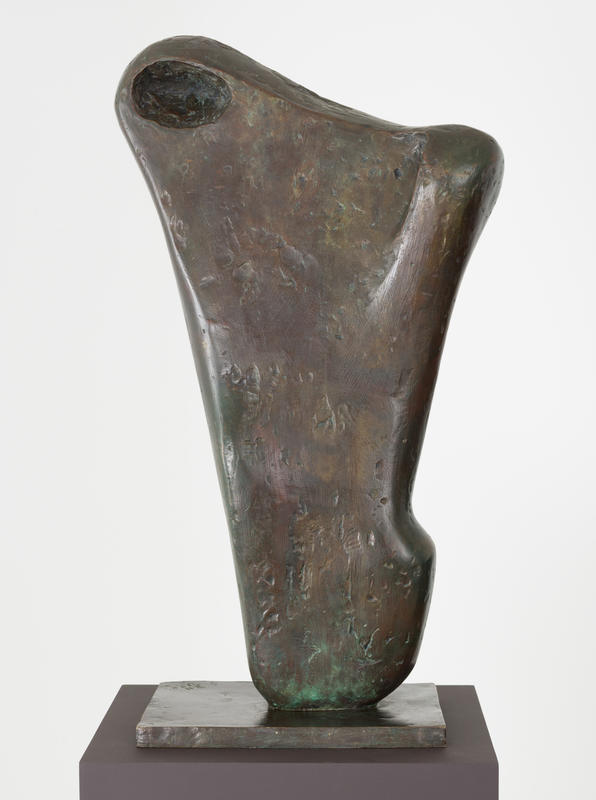
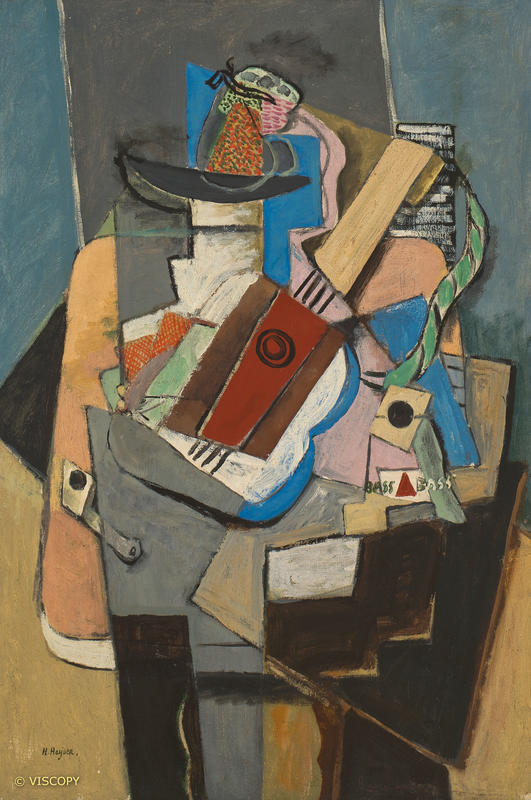
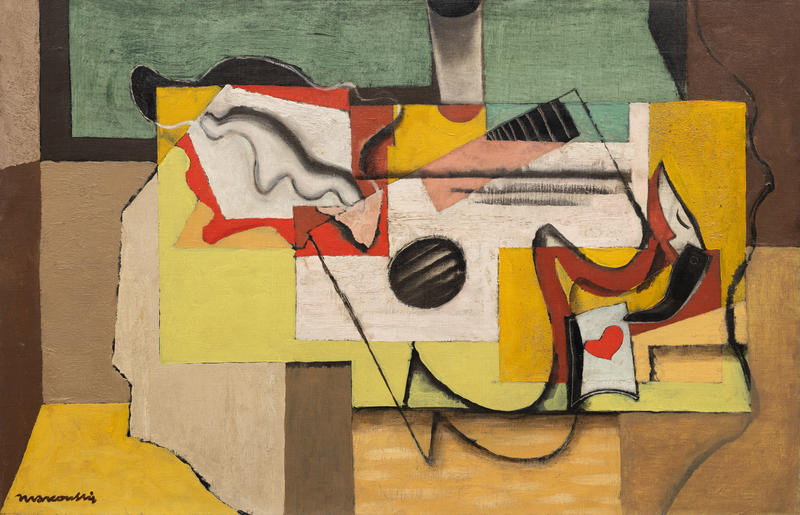











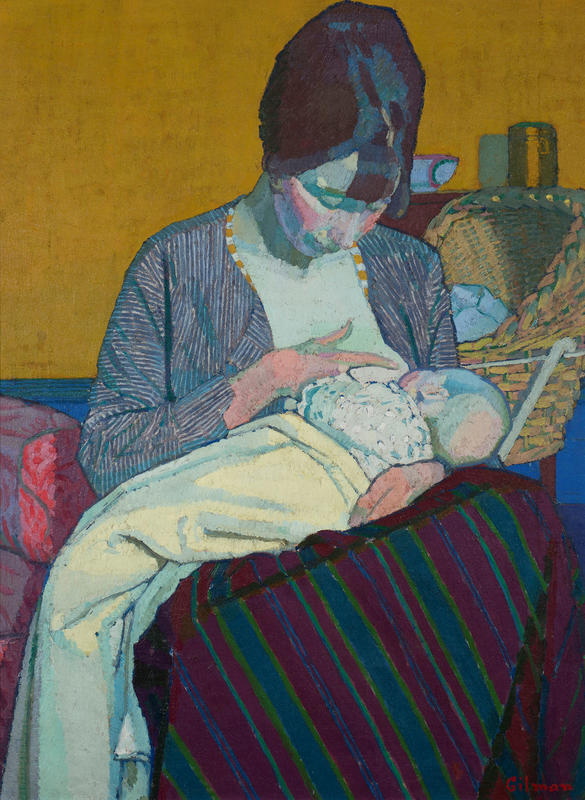
![Dance Movement A, Enlargement [Mouvement de danse A, agrandissement]](https://artgallery-collection.cdn.aucklandunlimited.com/records/images/large/18194/2e210a5dd466ae06c9af0eee6c451d442cb76498.jpg)
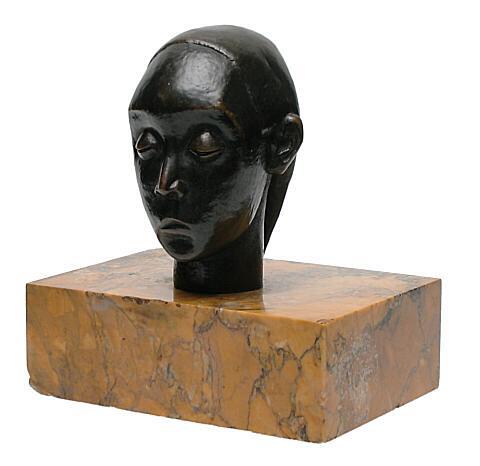















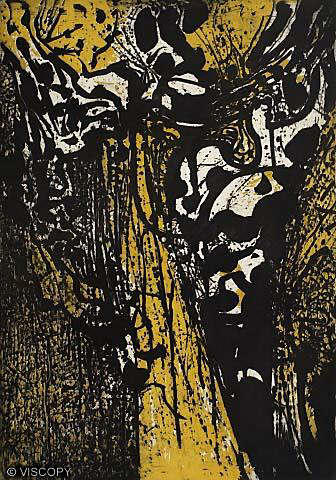












![Danseuse mettant son bas [Dancer Putting on Her Stocking]](https://artgallery-collection.cdn.aucklandunlimited.com/records/images/large/10913/446abcf983b60b85f6eea01b4df93feac8709613.jpg)






